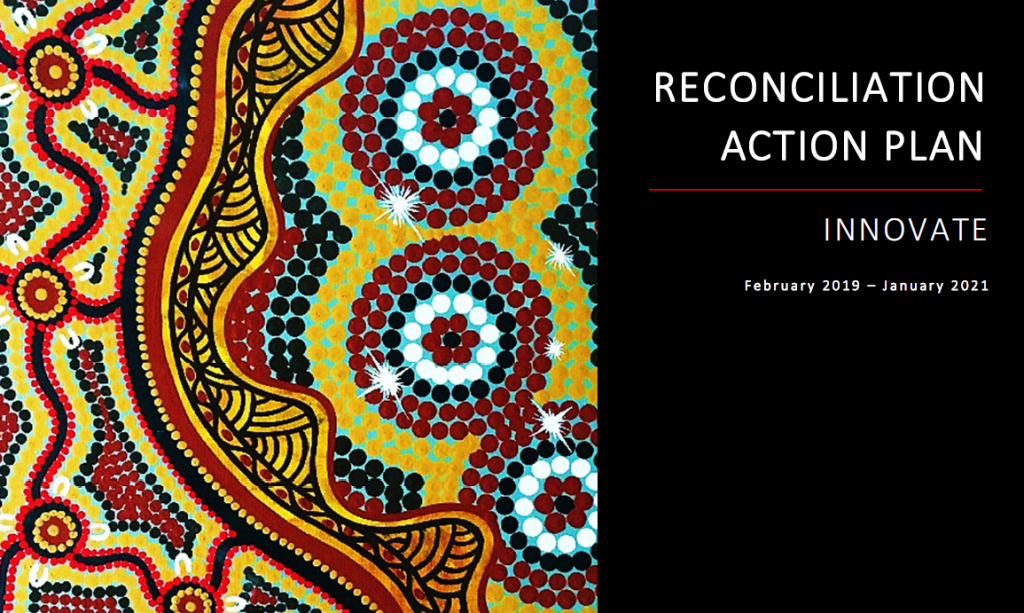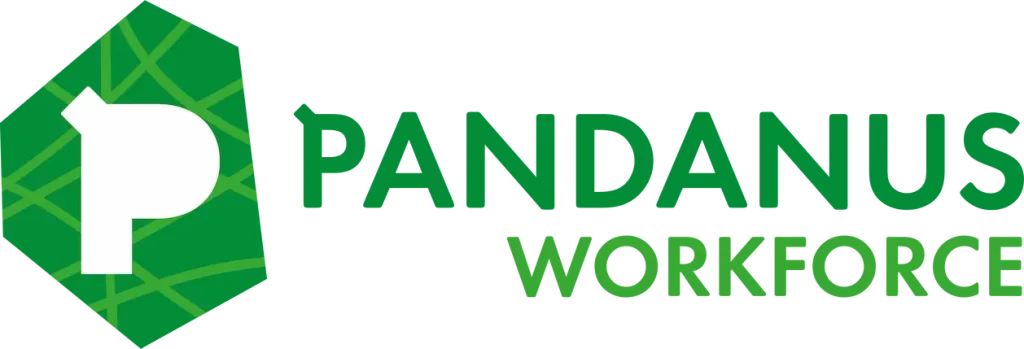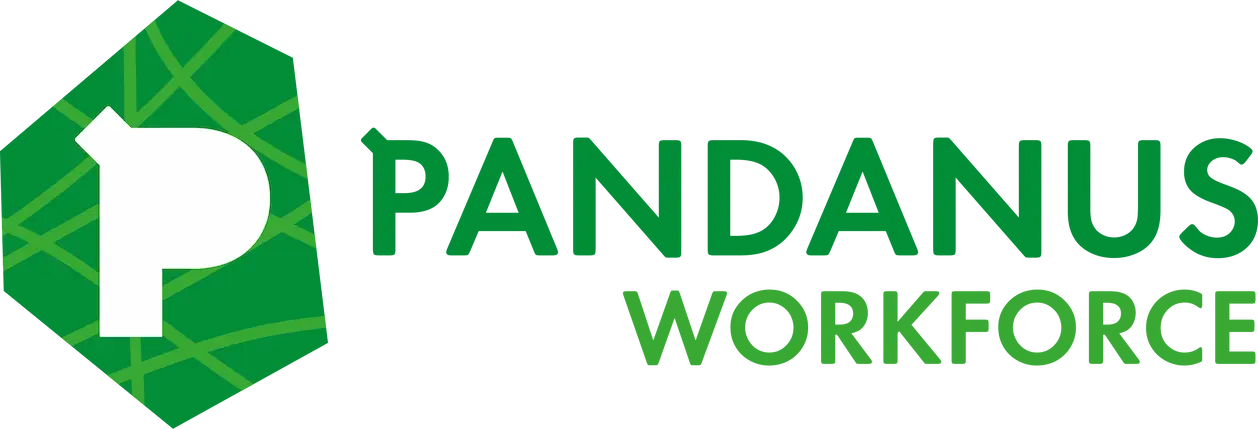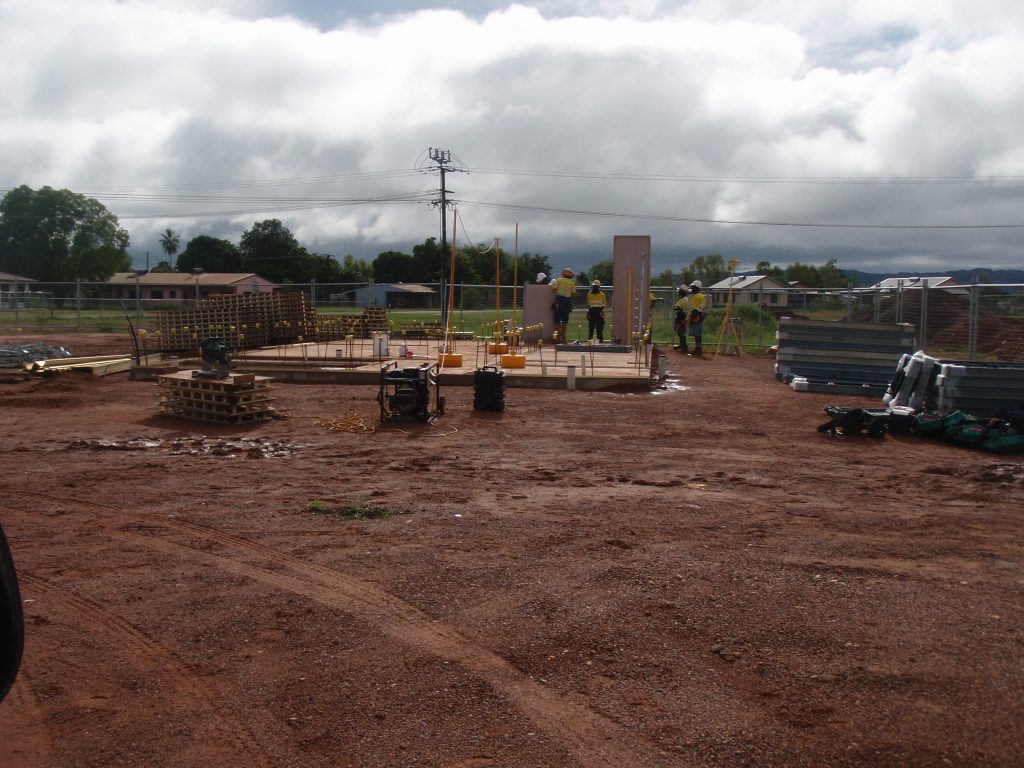
Indigenous Business
How to develop an effective reconciliation action plan
Reconciliation can mean different things to different people. At its core though, it’s about establishing and nurturing respectful relationships between non-Indigenous and Indigenous Australians with…






